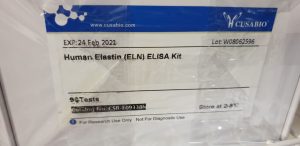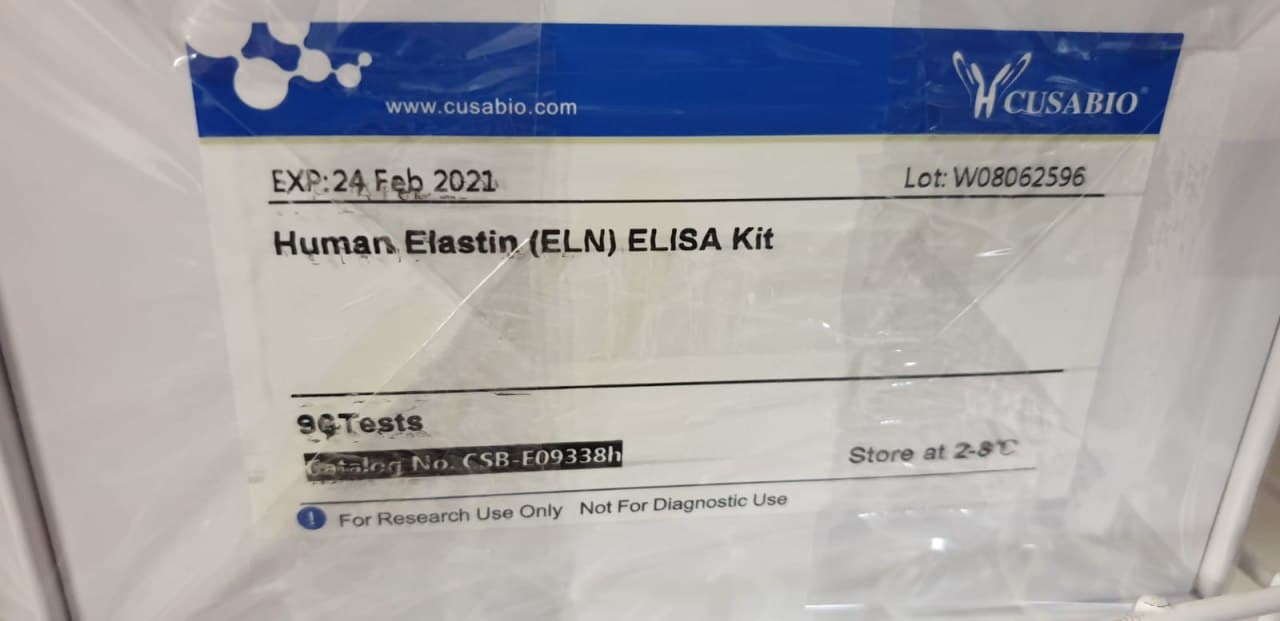The outbreak of coronavirus illness 2019 (COVID-19) has change into a worldwide public well being concern. Many inpatients with COVID-19 have proven scientific signs associated to sepsis, which can irritate the deterioration of sufferers’ situation. We purpose to diagnose Viral Sepsis Caused by SARS-CoV-2 by analyzing laboratory check information of sufferers with COVID-19 and set up an early predictive mannequin for sepsis danger amongst sufferers with COVID-19.
This examine retrospectively investigated laboratory check information of 2,453 sufferers with COVID-19 from digital well being data. Extreme gradient boosting (XGBoost) was employed to construct 4 fashions with totally different characteristic subsets of a complete of 69 collected indicators. Meanwhile, the explainable Shapley Additive ePlanation (SHAP) methodology was adopted to interpret predictive outcomes and to investigate the characteristic significance of danger elements. The mannequin for classifying COVID-19 viral sepsis with seven coagulation perform indicators achieved the world below the receiver working attribute curve (AUC) 0.9213 , sensitivity 97.17%, and specificity 82.05%.
The mannequin for figuring out COVID-19 coagulation problems with eight options offered a median of 3.68 (±) 4.60 days in advance for early warning prediction with 0.9298 AUC (95% CI, 86.91-99.04%), 82.22% sensitivity (95% CI, 67.41-91.49%), and 84.00% specificity. We discovered that an abnormality of the coagulation perform was associated to the incidence of sepsis and the opposite routine laboratory check represented by inflammatory elements had a average predictive worth on coagulopathy, which indicated that early warning of sepsis in COVID-19 sufferers could possibly be achieved by our established mannequin to enhance the affected person’s prognosis and to cut back mortality.
There isn’t any proof of SARS-CoV-2 laboratory origin: Response to Segreto and Deigin
The origin of extreme acute respiratory syndrome coronavirus 2 (SARS-CoV-2) is the topic of many hypotheses. One of them, proposed by Segreto and Deigin, assumes synthetic chimeric building of SARS-CoV-2 from a spine of RaTG13-like CoV and receptor binding area (RBD) of a pangolin MP789-like CoV, adopted by serial cell or animal passage. Here we present that this speculation depends on incorrect or weak assumptions, and doesn’t agree with the outcomes of comparative genomics evaluation. The genetic divergence between SARS-CoV-2 and each its proposed ancestors is just too excessive to have gathered in a lab, given the timeframe of a number of years.
Furthermore, comparative evaluation of S-protein gene sequences means that the RBD of SARS-CoV-2 in all probability represents an ancestral non-recombinant variant. These and different arguments considerably weaken the speculation of a laboratory origin for SARS-CoV-2, whereas the speculation of a pure origin is per all out there genetic and experimental information. IgA and IgM antibodies quickly wane though IgG antibodies directed to the receptor-binding area (RBD) of the spike (S) glycoprotein are extra sturdy. Current information exhibits variability in the sensitivity of industrial and in-house antibody exams to SARS-CoV-2.
The mechanical power of mini-implants is a crucial issue resulting from their small diameters. Currently, it isn’t attainable to state whether or not there’s a related distinction between the mechanical properties of chrome steel (SS-MIs) and titanium alloy mini-implants (TA-MIs). The goal of this examine was to check the null speculation that there isn’t a distinction in the mechanical power of SS-MIs and TA-MIs, and to investigate, by scanning electron microscopy (SEM), the SS-MI, and TA-MI threads resistance to morphological injury after insertion.
A standardized pattern of 504 SS-MIs and TA-MIs with diameters starting from 1.2 mm to 1.eight mm was used. Torsional fracture was carried out in 154 MIs. Flexural power of 280 MIs was evaluated at 1 mm and a couple of mm-deflection. The threads of 70 MIs had been morphologically analyzed by scanning electron microscopy (SEM), earlier than and after their insertion in high-density synthetic bone blocks. Comparisons between SS-MIs and TA-MIs had been carried out with t exams or Mann-Whitney U exams. A a number of linear regression evaluation was used to judge the affect of variables on the ranging of MI mechanical power.

Influence of Post Length, Post Material, and Substance Loss on the Fracture Resistance of Endodontically Treated Teeth. A Laboratory Study
To consider the consequences of publish size, publish materials, and substance loss on the fracture resistance of endodontically handled mandibular premolars. A complete of 96 extracted human mandibular first premolars had been endodontically handled and divided into 12 check teams (n = eight every) primarily based on the quantity of residual partitions (one/two), publish materials (glass-fiber/titanium), and publish size (5 mm, 7.5 mm, and 10 mm). After luting the posts, specimens obtained a composite resin core and a crown preparation with a 1.5-mm ferrule.
Cast cobalt-chromium crowns had been cemented utilizing glass-ionomer cement. After 1,200,000 chewing cycles with a load of 49 N and simultaneous thermocycling (5°C to 55°C), specimens had been quasi-statically loaded at 30 levels to the longitudinal axis of the tooth till fracture. Fracture hundreds had been analyzed utilizing three-way, two-way, and one-way evaluation of variance (α = .05). Fracture modes had been examined below a stereomicroscope (×25) and recorded. Fracture hundreds ranged from 642 ± 190 N (one wall, glass fiber, 5 mm) to 1,170 ± 130 (two partitions, titanium, 7.5 mm). The imply fracture load of titanium posts was considerably larger than that of glass-fiber posts (P < .001), and the 7.5-mm publish size exhibited considerably larger fracture hundreds than teams with 5-mm and 10-mm publish size (P = .008).
[Linking template=”default” type=”products” search=”Alanine Aminotransferase Assay Kit” header=”2″ limit=”136″ start=”3″ showCatalogNumber=”true” showSize=”true” showSupplier=”true” showPrice=”true” showDescription=”true” showAdditionalInformation=”true” showImage=”true” showSchemaMarkup=”true” imageWidth=”” imageHeight=””]
Diagnostic exams play a crucial position in the administration of Sars-CoV-2, the virus chargeable for COVID-19. There are two teams of exams, that are in widespread use to establish sufferers who’ve contracted the virus. The generally used reverse transcriptase quantitative polymerase chain response (RT-qPCR) check turns into unfavorable as soon as viral shedding ceases by roughly three weeks. Antibody exams directed to viral antigens change into constructive after the second week of an infection. IgG antibody responses to the virus are muted in kids, pregnant females and people with gentle signs.


